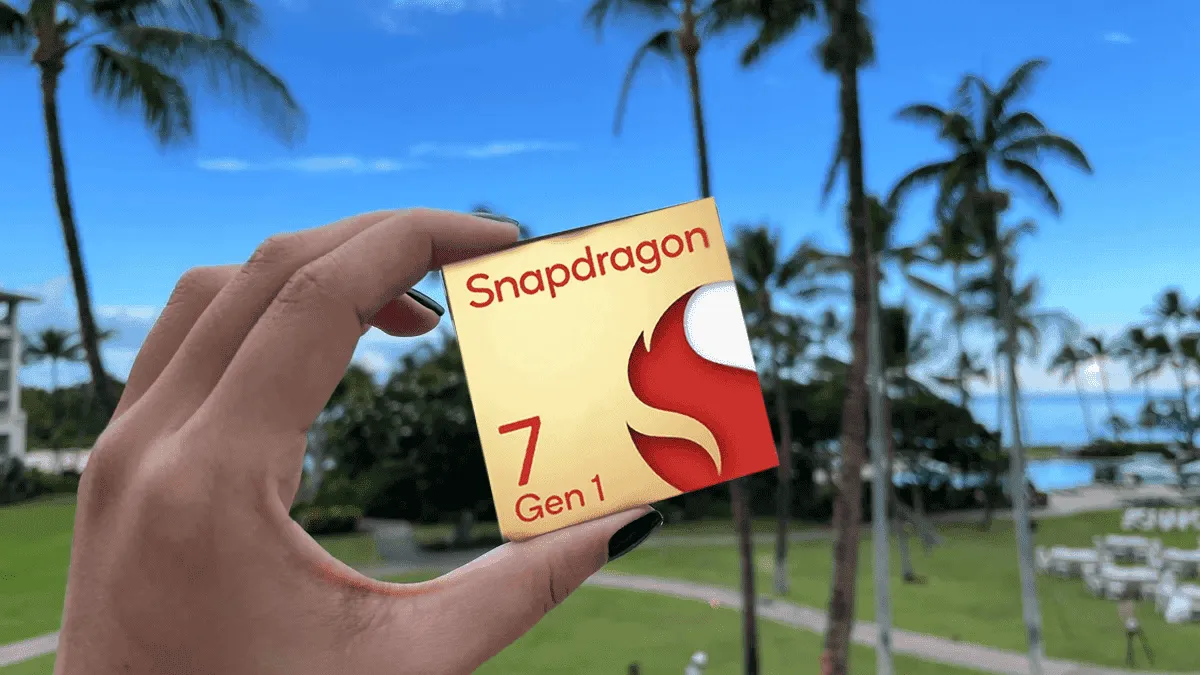Last month, the news swept through the network that Qualcomm was pushing and rushing TSMC with the release of Snapdragon 8 Gen 1+. The reason is simple and clear - to rehabilitate for the release of the hot Snapdragon 8 Gen 1. The earliest time when the updated and improved chip in terms of power consumption will be released is May. Rumor has it that the chipmaker has prepared another surprise with this platform. And its name is Snapdragon 7 Gen 1.
It is logical and predictable that the new Snapdragon 7 series processor is credited with improved performance in terms of energy efficiency and wireless connectivity. But with performance, not everything is clear.
As is often the case, Chinese insiders are already ready to share details about the new chipset. According to them, Snapdragon 7 Gen 1 will be manufactured according to the advanced 4-nanometer process technology and will offer eight computing cores, which are located in two clusters: four Cortex A710 cores with a clock frequency of 2.36 GHz and Cortex A510, operating at a frequency of 1, 8 GHz.
Snapdragon 7 Gen 1 is coming as a response to the Dimensity 8000/8100
The graphics subsystem will be the Adreno 662. Alas, in terms of power, the new chipset will not be so powerful. The network insider claims that Snapdragon 7 Gen 1 is unlikely to surpass Snapdragon 870 in performance. Whether this is true or not, we will most likely find out in the second half of this year, when the first smartphones with Snapdragon 7 Gen 1 on board appear on the market.

Strategy Analytics has recently published the results of a study of the global market of processors for smartphones. Despite the difficult economic environment and the shortage of components, the industry showed impressive growth.
The volume of supplies in monetary terms reached $30.8 billion in 2021. This is almost a quarter - 23% - more than the result for the previous year.
The largest player in the industry is Qualcomm with a 37.7% share. The second and third places are occupied by MediaTek and Apple: the first of these companies controls 26.3% of the market, the second - 26.0%. Thus, the three leading developers together occupy 90% of the industry.
In fourth place, far behind is Samsung - 6.6%. Then we have Unisoc and HiSilicon with 2.5% and 0.8% shares. Another 0.1% of sales in monetary terms come from Google.
Note that the demand for processors with support for fifth-generation mobile communications (5G) jumped by 84% last year. The share of such products accounted for 46% of the total supply.






Place comments
0 Comments
You are currently seeing only the comments you are notified about, if you want to see all comments from this post, click the button below.
Show all comments